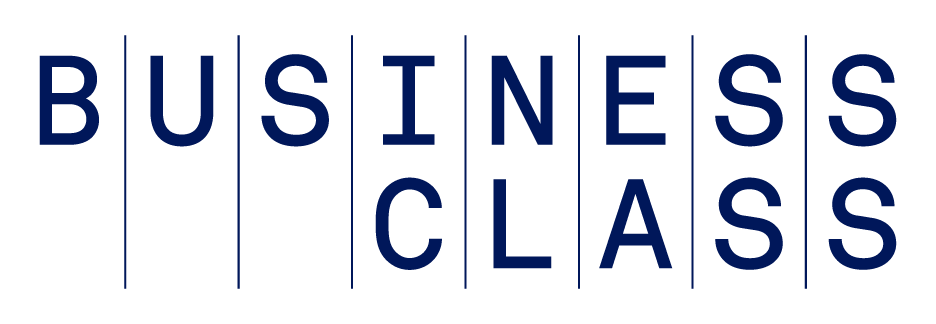LEADERSHIP EXPERT HOLLY LANDAU DISCUSSES SOME COMMON EMPLOYEE ISSUES AND OFFERS ADVICE ON HOW TO OVERCOME THEM AND LEAD YOUR TEAM TO SUCCESS.
This article was excerpted from OPEN Book: Leadership. Find more information and resources from OPEN including a podcast featuring Holly Landau at openforum.com/leadership.
In these economically challenging times, employee engagement is absolutely critical to your company’s success. You manage things like your budget, your time, and your inventory. You lead people. Leaders influence, inspire and motivate others toward success. There are many styles of leadership but the common goal is always the same. Holly Landau offers some guidelines about some of most common employee challenges and suggests ways for business owners to establish, implement and sustain successful employee engagement practices.
View all articles in this series.
Should I hold team meetings? How can I make them more effective for everyone? Before the Meeting: Decide the purpose of the meeting. Is a meeting really what is required (sometimes a conference call or e-mail will suffice)? Once you’ve decided that a meeting is the right solution, think about what you’d like to accomplish and create an agenda. Ask for agenda topics from your team to ensure that you’re using the time efficiently, and supply details of the agenda before the meeting so attendees can arrive prepared and armed with appropriate information. To encourage participation, assign specific tasks, such as a presentation, to individuals in advance. During the Meeting: Review the agenda and purpose of the meeting. Assign roles at the start of the meeting, such as a timekeeper, to maintain the pace of the meeting; a minute-taker; and a scope-keeper, to make sure the group doesn’t steer too far from the agenda topics. Rotate the roles at each meeting so everyone participates and the responsibilities are fairly distributed – this will make the group more productive. Important points raised that were not on the agenda can be noted and addressed at future meetings. After the Meeting: Many business leaders fail to reinforce their meeting points and ensure that tasks assigned during the meeting were actually accomplished. Send a summary to all attendees (including those who were invited but could not attend) to detail the decisions made during the meeting, action steps assigned with names and completion dates, ideas for future topics, and the date/time/location of the next meeting. Meeting Tips for Virtual Teams: Your team may have members in other states or countries, so you’ll have to rely on technology to make your meetings successful. Be sensitive to time zones when planning your meetings and utilize similar practices, such as assigning roles, sharing the agenda in advance, and selecting people to report on key topics or lead discussions. If available, use webinar and/or video conferencing to add visual support Holly Landau is the CEO of Landau Leadership, a consultancy that provides customized training and development solutions through an intergenerational team of curriculum designers, facilitators and leadership development experts located throughout the US.
Leadership is about influencing others toward a common goal, and a team meeting can be a powerful platform to both influence and motivate. However, simply the word “meeting” evokes feelings of dread in many employees, who have vivid memories of previous painfully dull and ineffective gatherings. It is no surprise then that team meetings are one of the most misused and underutilized communication tools. Many leaders make the mistake of trying to control the entire meeting rather than encouraging employee participation, but a well-prepared, well-structured and well-managed meeting will reap rewards for your business.
Learn more about Holly Landau at:






